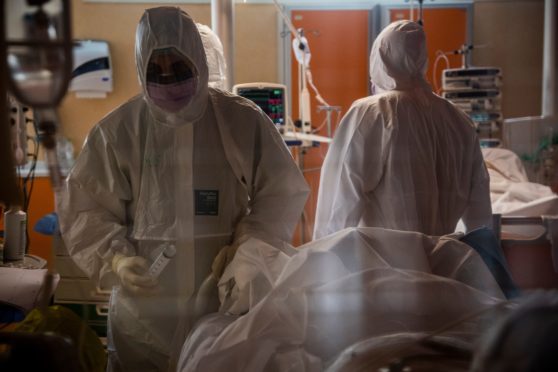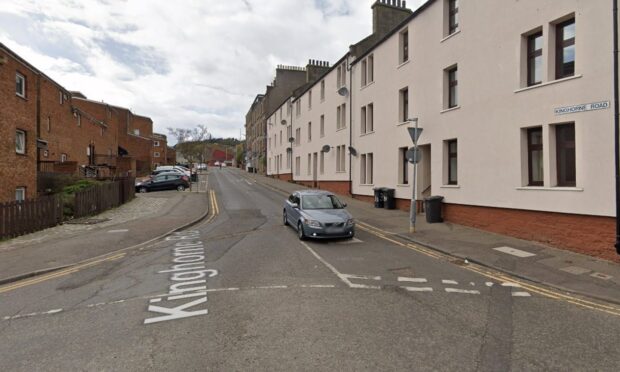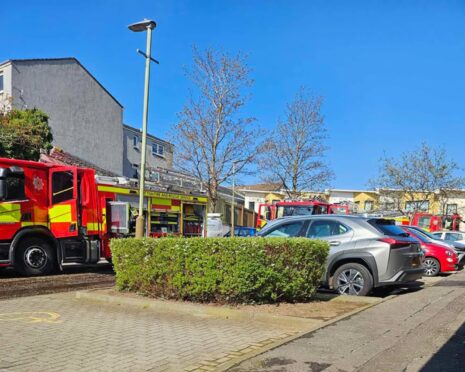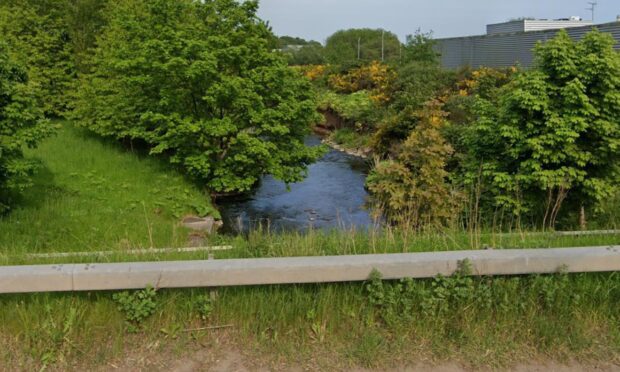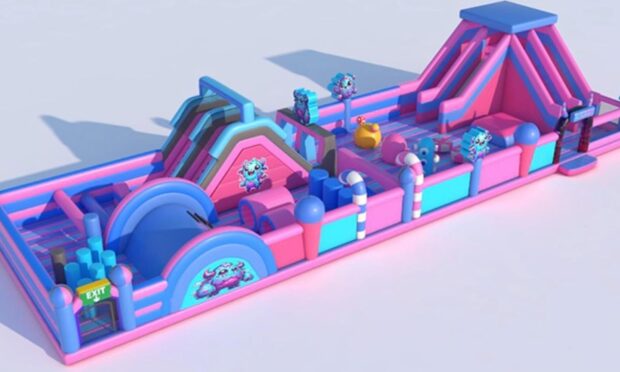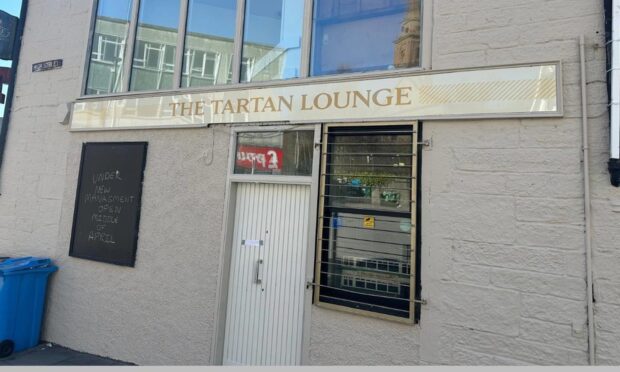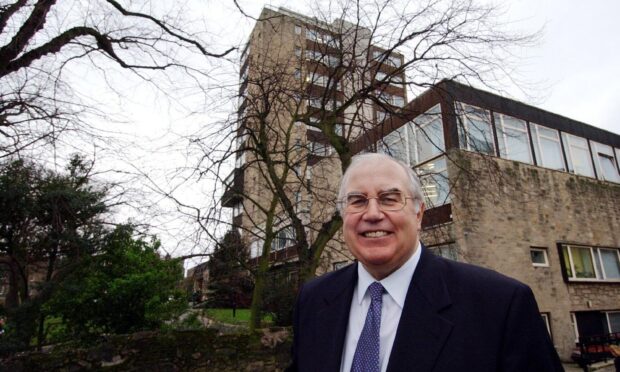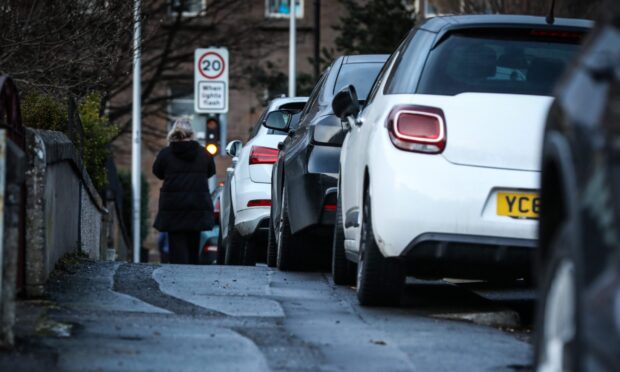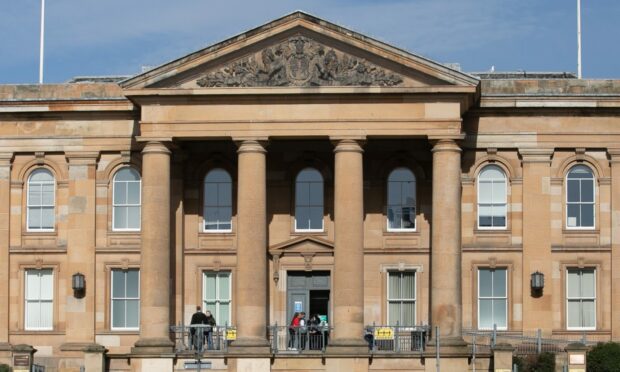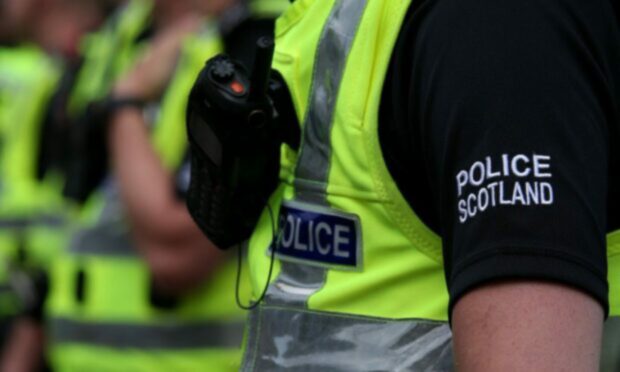Authorities have no way of monitoring the number of do not resuscitate orders issued during the coronavirus pandemic, raising fears of widespread abuse.
The document, known as a DNR or DNACPR, is kept on a patient’s medical record but no central reporting of the number of these is kept in Tayside.
It follows reports patients across Scotland had been pressured into signing the forms.
Dundee siblings Rod McKay and Catriona Black spoke out when they found a DNR form “stuffed inside” their mother’s bag when she was discharged from Ninewells Hospital in May.
Mr McKay said the lack of data shows “nobody has an overview” of how many were issued between February and June.
Mr McKay: “Somebody should be presenting this data to reassure the public that there is no problem.
“I am concerned that more of these DNR orders could have been issued due to Covid-19 and may have resulted unwittingly in excess deaths.”
When asked how the Scottish Government is monitoring the number of DNRs, a spokesperson stressed there has been “absolutely no change” in guidance to medics.
NHS Tayside meanwhile say the health board has a strong “person-centred approach” to anticipatory care planning and there is “no requirement” to collect the data.
Adam Stachura, head of policy at Age Scotland, said the charity has been inundated with calls from concerned elderly patients.
He said: “The Age Scotland Helpline has been hearing about examples of this for months, from all over Scotland, which makes you think that this has been fairly widespread.
“It remains unclear how it originated, and who has been contacted. We really need to get to the bottom of this. It would also be good to know how many people have had a DNAR form applied to them without their express knowledge.
“The Scottish Government and NHS Scotland should seriously consider investigating the origin and extent of this recent practice.”
Scottish Conservative north-east MSP Bill Bowman said not knowing how many DNRs have been put in place is “unpalatable”.
A spokesperson for NHS Tayside said, “NHS Tayside has a robust Cardiopulmonary Resuscitation (CPR) Policy in place which is in line with national CPR guidelines.
“As part of our person-centred approach to anticipatory care planning, discussions are held with patients about whether they wish resuscitation to be attempted.
“CPR is a treatment and, like any treatment, has potential benefits and risks which will differ amongst patients. It is the responsibility of our doctors and nurses to ensure they have a full discussion about consent and to allow patients to make the decision which is in their own best interests.
“These discussions may take place in a hospital, with the patient’s own GP, or in a care home or community setting.
“The consent form is then filed in individual patient notes and forms part of their legal medical record. It is not reportable data and there is no requirement to hold the information centrally.”
The Scottish Government say any suggestion DNR orders have contributed to excess deaths is “completely untrue”.
A spokesperson said: “The COVID-19 pandemic has brought about absolutely no change to the use of Do Not Attempt CPR forms in the Scottish NHS and no change to the advice issued to GPs about their use.
“We always expect medical professionals to act in the best interests of their patients and we have been clear that no one should ever feel pressured in any way whatsoever into giving their consent to a DNACPR form.
“When difficult conversations are needed with people and their families regarding their care wishes should they become seriously unwell, those discussions should always be handled with the utmost compassion, care and tact.”
